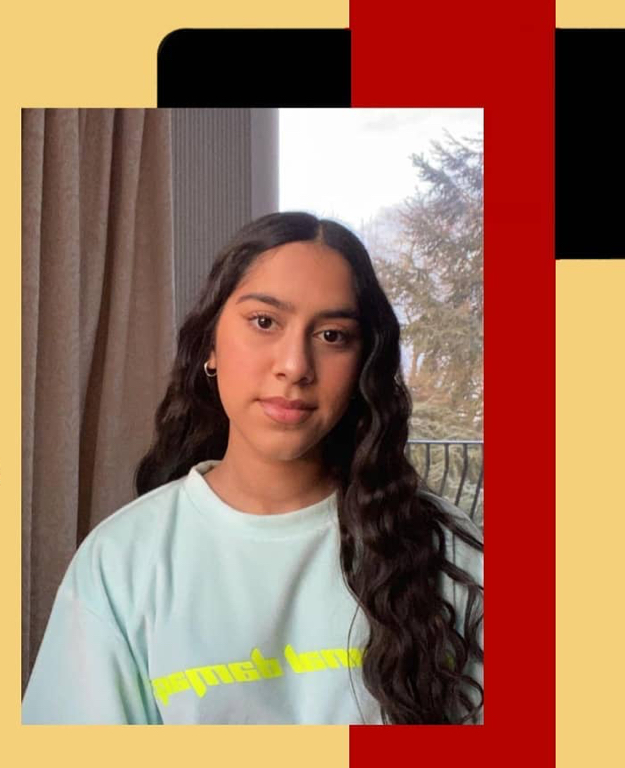The Impact of Western Beauty Standards on Women of Colour (WOC)
By Hafsa


Many black people, Asian people and other people of colour (POC) have experienced a sense of isolation and discrimination at some point in their life, especially those growing up in predominantly white areas. With many changing their haircuts and what they wear in order to fit in and be like everyone else, one thing that POC can never change is their skin colour and their ethnic features.
For years WOC are consistently told you are "pretty for a (insert ethnicity/race) person" and that being white is more beautiful which has subconsciously embedded in the way we think for generations. Many communities especially the south Asian community have felt this pressure to lighten their skin in order to be respected and wanted. Skin lightening has now become widely assessable with brands selling bleaching creams and serums that can be purchased online or in stores that target skins of darker tones. It is clear that the beauty standards are of a deeper issue that stems from racism. Even when POC are represented in the media/industry they are always of a lighter shade of brown.
In contrast, there has been a rise in extreme fake tanning within the white community in order to further enhance their white beauty which has been a topic of conversation for years as WOC would argue that their skin colour isn't an accessory that can be put on or taken off whenever they feel like, it is something that WOC have to live with and learn to love. No white woman is tanning to escape dehumanisation; some would even argue that self-tanning and skin bleaching are just as bad.
Recently the beauty standard have changed to having stereotypic black features such as big lips and being "curvy", with many getting lip injections and butt implants in order to feel desired and exotic. However, noticeably these features were never deemed beautiful until white people began to embrace them and even now are only desirable on white women, making it impossible for WOC to compete with these beauty standards. Even having curly hair was a struggle for many WOC who have felt the need to straighten their hair in the hope to be accepted and to hide their ethnic side. Having told for years that having curly hair is unfeminine and unwanted through the shows we watch, the magazines we see and even through friends who make small but impactful comments, it is clear that these beauty standards have sculptured the way we see "beauty" and "perfection".
That being said, white women must take in consideration the struggle WOC go through for having their natural features and understand the privilege they have even when they decide to paint themselves a colour that isn't theirs.
